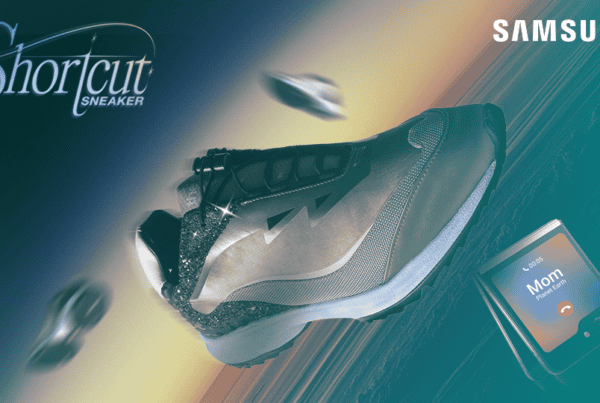Smart orthoses and prostheses are an emerging market trend that can help users find their balance, coordination, and confidence. On the 28th of March we hosted the webinar Making Orthoses and Prostheses Smart: Unlock the Power of Active Wearables.
Get here the key takeaways of the webinar in order to get started and develop smart wearables for amputees.
Three field experts got together to teach the public everything about active wearables:
- Roland Auberger, Research Engineer at Ottobock, the world’s leading partner in orthoses, prostheses, and wheelchairs.
- Geert-Jos van der Maazen, Tutor and Medical Technology Researcher at Fontys University in the Netherlands.
- Guus de Hoog, Creative Director at Elitac Wearables.

Key takeaways
- The world of wearable technology can be used as a great source of inspiration for innovations and possibilities in orthoses and prostheses.
- Making orthoses smart means adding technology to implement extra functionality or simply collecting data and applying this information.
- Wearable technology allows for new functionality through the seamless integration of sensors, electrodes, cables (even elastic) and hardware.
Main trends in orthoses
- Measuring movement with IMUs (inertial measurement units) gives insight into the quality and range of movement of the patient.
- Providing remote guidance or even therapy to a user, even if there is no therapist present.
- Orthoses are supported by direct or post-usage feedback in software, VR, or haptic feedback (vibrational feedback on the body).
- Safer and faster rehabilitation can be enhanced by integrating EMG (electromyography) and EMS (electronic muscle stimulation) electrodes for sensing muscle activation.
- Adaptive and active compression. This way, the patient always has the right pressure for the treatment, regardless of swelling, for example.
- The integration of light therapy for the improvement of blood circulation and cells’ life.
Main trends in prostheses
- New fitting and production processes, such as 3D scanning, printing and pressure and shear force measurements, even in the socket, during use.
- Gait analysis and (direct) feedback on movement, helping the prosthesis user to learn to walk again and to move with ease.
- Human-machine-operated prostheses make use of the nervous system and microcontrollers to operate.
To keep in mind
Consumer technology for sports wearables or smartphone wearables is unlikely to appear in orthoses or prostheses anytime soon. According to the experts in the webinar, more improvement is required to make it reliable. Startups, on the other hand, have been able to develop disruptive innovations that have changed the industry. The landscape of smart prostheses and orthoses is evolving for the better.
147
60
3
By: Elitac Wearables
20 April 2023






